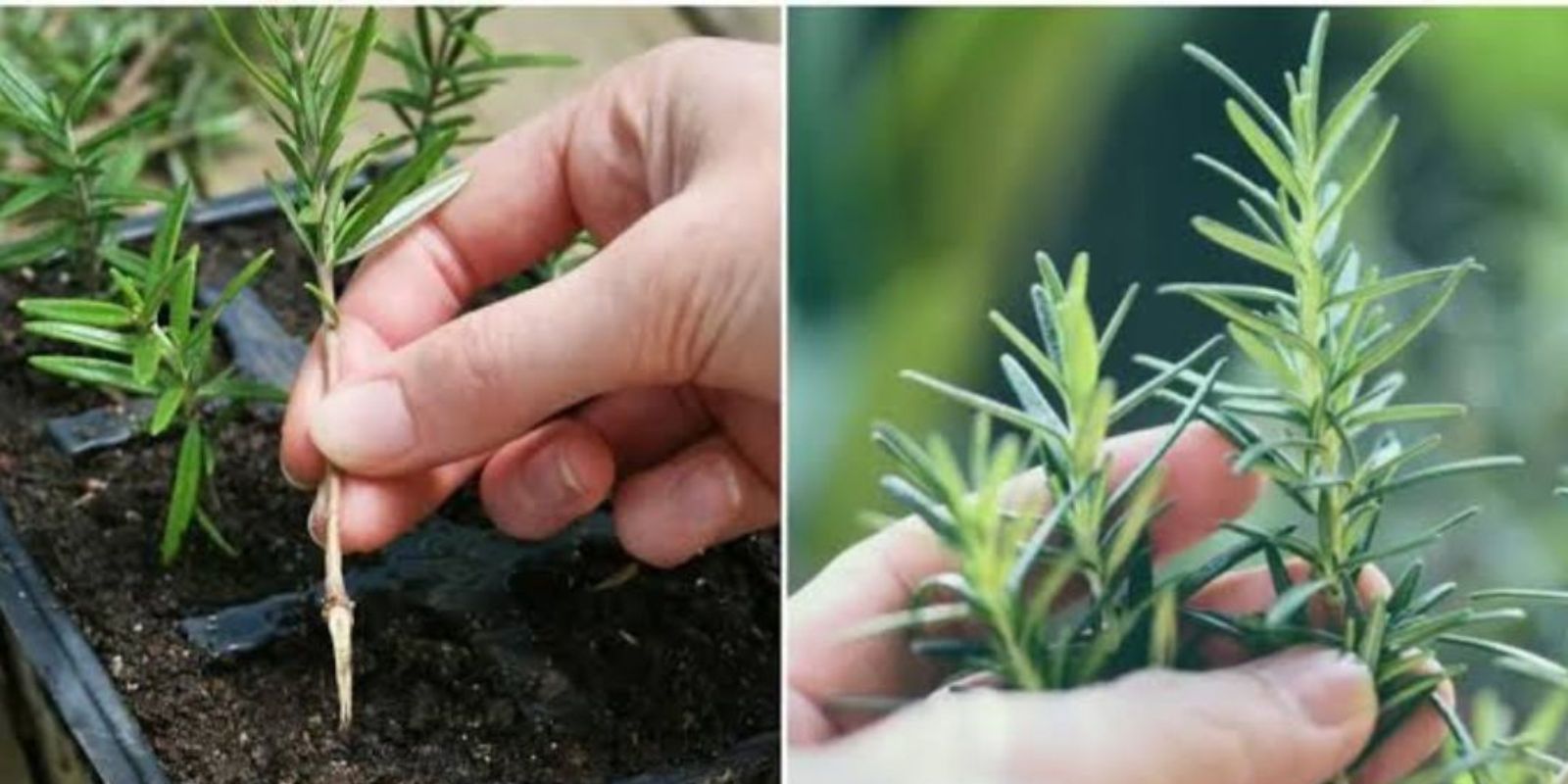Rosemary is a popular and versatile herb cherished for its culinary, medicinal, and ornamental uses. Whether you’re a seasoned gardener or just starting out, growing thick and fragrant rosemary can be a game-changer for your herb garden. This guide will walk you through the essential steps to ensure your rosemary thrives year-round.
Why Rosemary is Special
Rosemary (Rosmarinus officinalis) is a woody perennial herb native to the Mediterranean region. Known for its aromatic needle-like leaves and ability to withstand drought, it’s an excellent addition to any garden. Besides its culinary uses, rosemary is also known for its health benefits, such as boosting memory and improving digestion.
If your rosemary has been looking sparse or lacks its characteristic fragrance, don’t worry. By following a few easy tips, you can transform your plant into a lush and aromatic showpiece.
1. Provide Ample Sunlight
Rosemary loves sunlight. To ensure your plant grows thick and aromatic:
- Placement: Choose a sunny location where it can receive at least 6-8 hours of direct sunlight daily.
- Indoor Growth: If you’re growing rosemary indoors, place it near a south-facing window. Alternatively, use a grow light to supplement natural light.
- Effect of Insufficient Light: Inadequate sunlight can make the plant leggy and weak, with fewer aromatic oils in the leaves.
2. Use Well-Draining Soil
Rosemary is native to regions with sandy, rocky soils, so it thrives in well-draining conditions.
- Soil Type: Use a mix of sandy or loamy soil with good drainage. You can mix garden soil with sand or perlite for better aeration.
- pH Balance: Rosemary prefers slightly acidic to neutral soil with a pH of 6.0 to 7.0. Test your soil and adjust if needed.
- Avoid Overwatering: Poor drainage or waterlogged soil can lead to root rot, a common cause of plant failure.
3. Prune Regularly for Bushy Growth
Pruning is crucial to encourage a thick and healthy rosemary plant.
- Why Prune: Regular pruning stimulates new growth, prevents the plant from becoming woody, and maintains a compact shape.
- When to Prune: Start pruning in the spring or summer, avoiding the dormant winter months.
- How to Prune: Use sharp scissors or pruning shears to trim the top stems by about one-third. Focus on removing dead, weak, or overgrown branches to improve air circulation.
4. Water Wisely
While rosemary is drought-tolerant, improper watering can cause stress or disease.
- How Often: Water only when the top 1-2 inches of soil feels completely dry. Overwatering is one of the main reasons rosemary plants fail.
- Avoid Wet Leaves: Water the base of the plant rather than the leaves to prevent fungal infections.
- Seasonal Adjustments: During hot summers, you may need to water more frequently. In winter, reduce watering significantly.
5. Feed with Organic Compost
A healthy rosemary plant needs nutrients to grow thick and aromatic.
- Use Natural Fertilizer: Apply organic compost, aged manure, or a balanced liquid fertilizer every 4-6 weeks during the growing season.
- Avoid Overfeeding: Too much fertilizer can cause the plant to grow too fast, resulting in weak stems and less flavor.
- Magnesium Boost: Add a pinch of Epsom salt to the soil occasionally. Rosemary thrives with the extra magnesium.
Common Problems and How to Fix Them
- Leggy Growth
- Cause: Insufficient sunlight or irregular pruning.
- Solution: Move the plant to a sunnier location and prune the stems back to encourage bushier growth.
- Yellow Leaves
- Cause: Overwatering or nutrient deficiencies.
- Solution: Check the soil’s moisture level and improve drainage. Feed the plant with organic compost to restore balance.
- Pests
- Common Pests: Aphids, spider mites, and whiteflies.
- Solution: Spray the plant with neem oil or use insecticidal soap. Keep the plant in a well-ventilated area.
- Root Rot
- Cause: Overwatering or poorly draining soil.
- Solution: Remove affected roots, repot in fresh, well-draining soil, and reduce watering.
Extra Tips for Thriving Rosemary
- Pot Size Matters
- If growing in a pot, choose one with drainage holes and a size large enough to accommodate root growth. Repot every couple of years as needed.
- Winter Care
- If you live in a cold climate, bring the plant indoors during winter to protect it from frost. Keep it near a sunny window and water sparingly.
- Companion Planting
- Rosemary grows well with other Mediterranean herbs like thyme, sage, and lavender. These plants have similar care requirements and help repel pests.
- Harvesting
- Pick leaves as needed, but avoid overharvesting. Harvest in the morning for the most intense flavor and aroma.
Conclusion
By providing ample sunlight, using well-draining soil, pruning regularly, watering carefully, and feeding with organic compost, you can enjoy a consistently thick and fragrant rosemary plant. Whether you’re using rosemary for cooking, aromatherapy, or just as a beautiful garden addition, these steps will ensure your plant thrives.
What’s your secret to growing lush rosemary? Share your tips and experiences in the comments below! Let’s grow together!
#RosemaryCare #HerbGardening #GardeningTips #OrganicGardening #FragrantPlants #GrowYourOwnFood #GreenThumb #HealthyPlants

